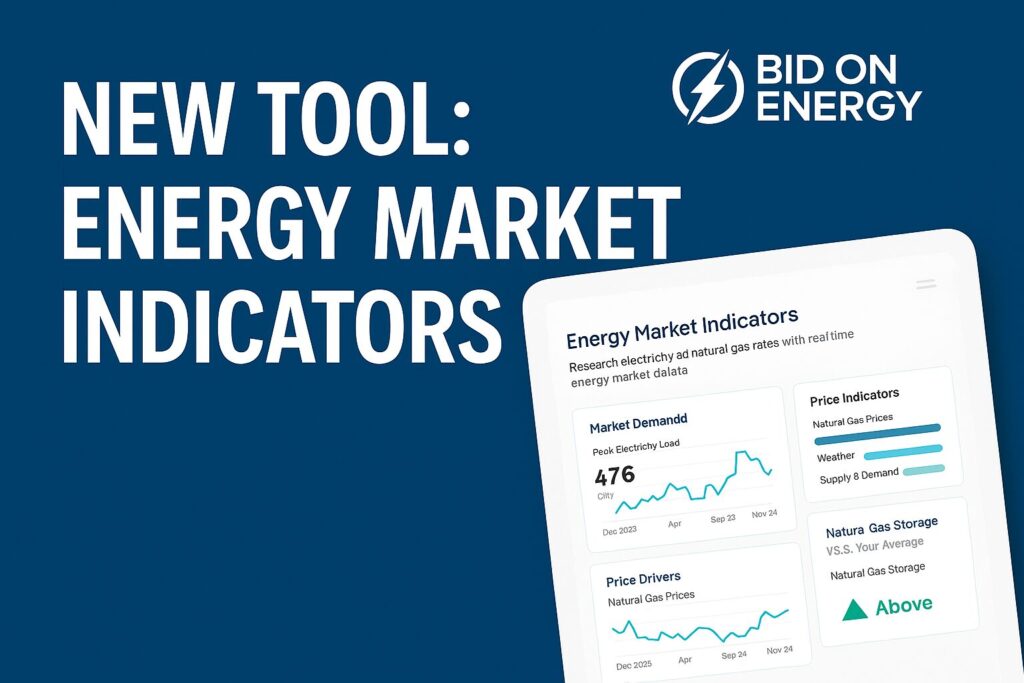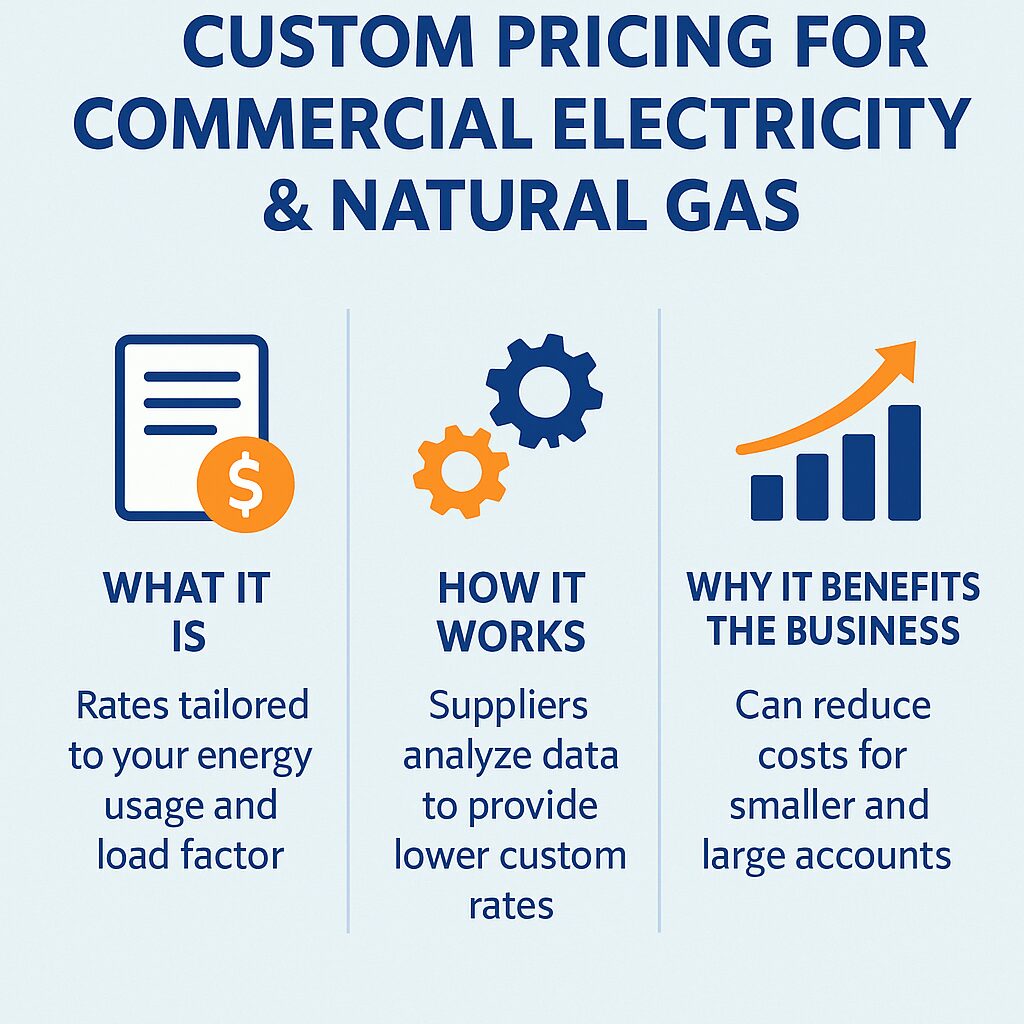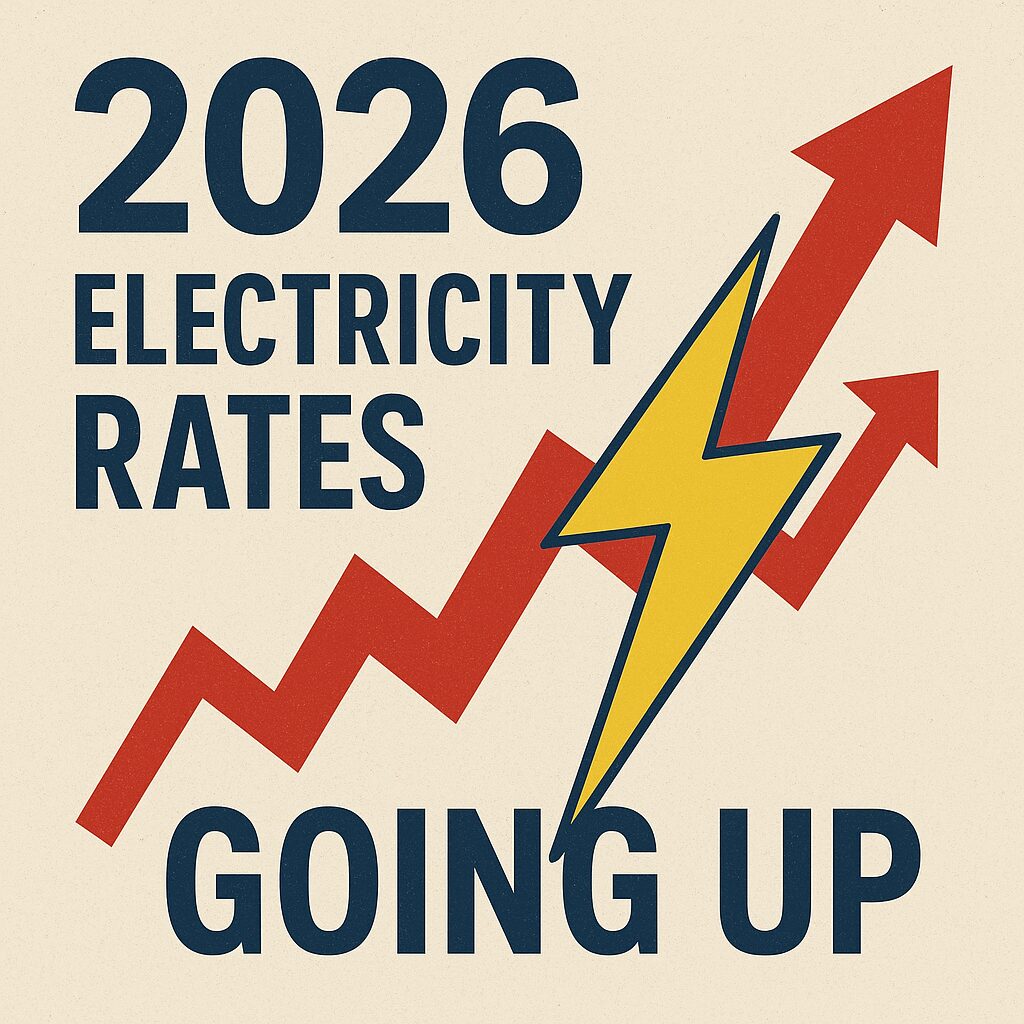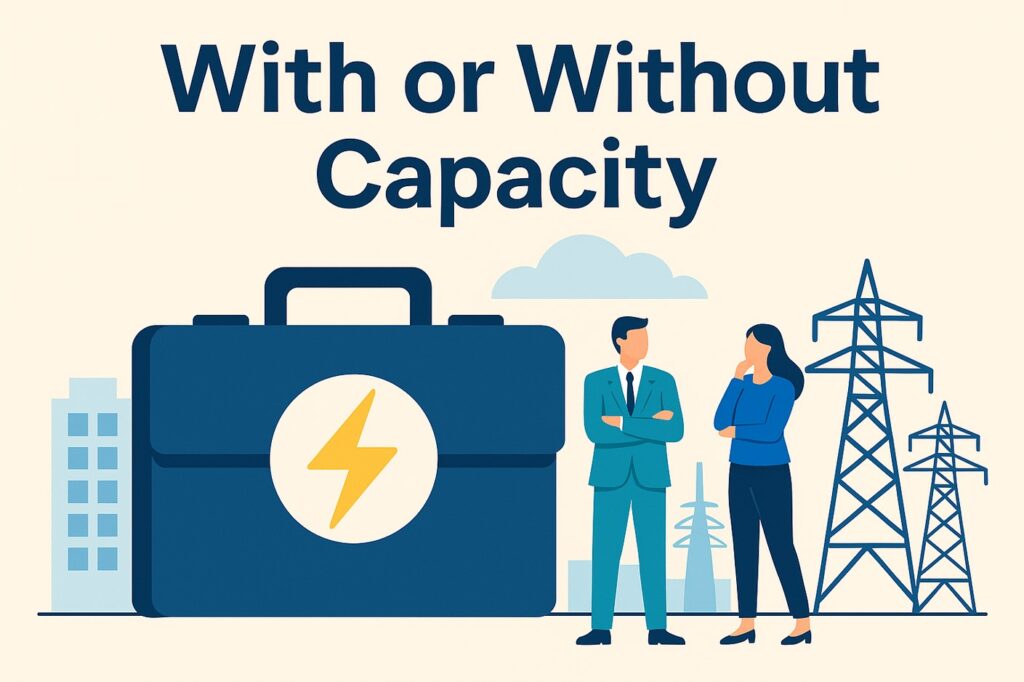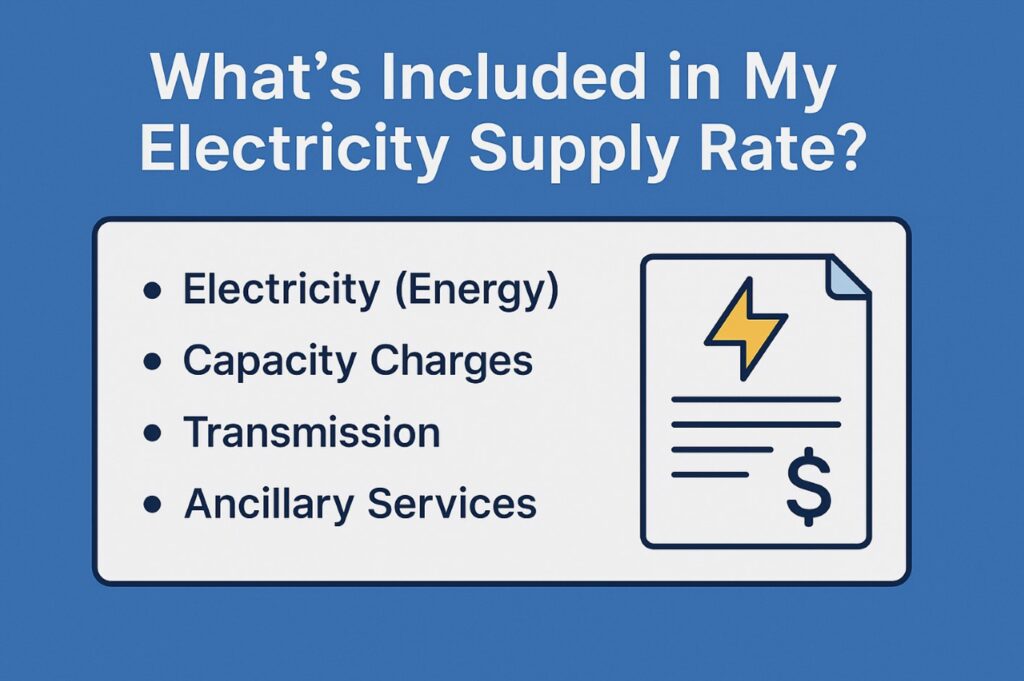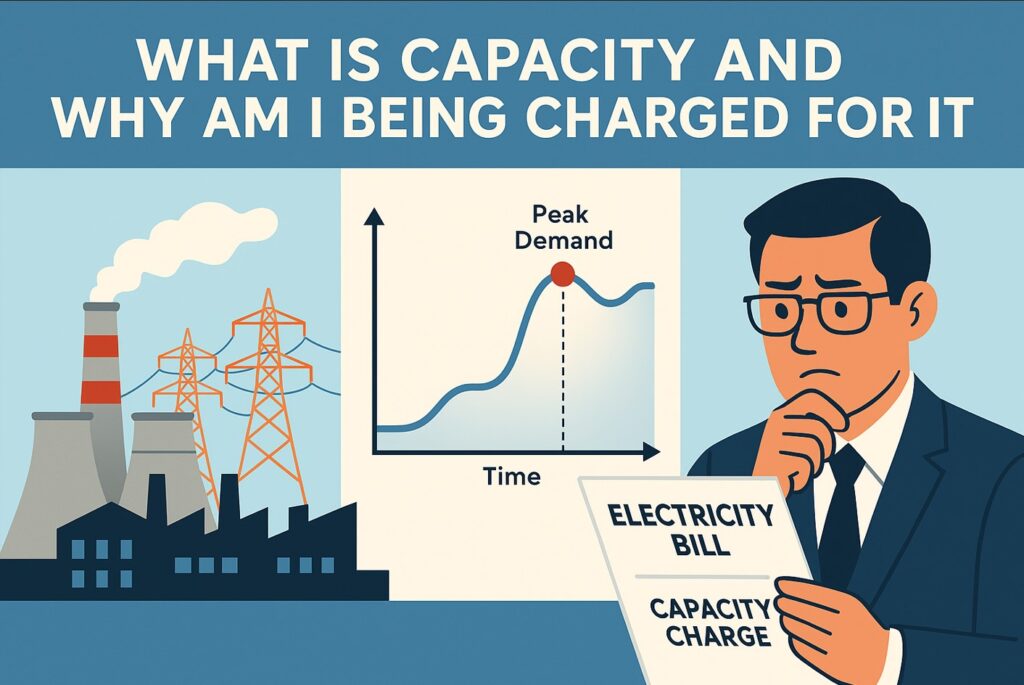2026 Best Season For Pricing
Best Time to Price a Commercial Energy Contract in 2026 (By Season) If you’re buying commercial electricity or natural gas in a deregulated market, the biggest mistake is waiting until the market is already stressed. In most years, energy prices get the most volatile during peak demand seasons summer for electricity (air-conditioning load) and winter for…
Read more


